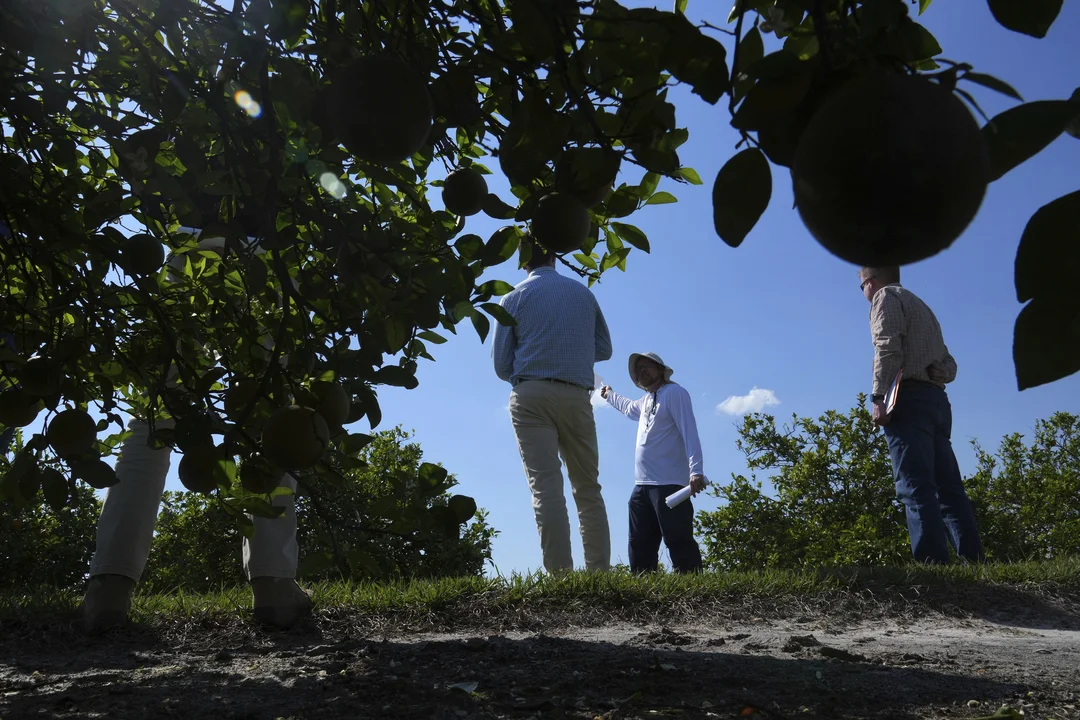
Florida’s Citrus Industry Faces Multiple Threats
Florida's citrus industry is grappling with a trifecta of challenges that threaten its survival and economic viability. According to a recent report by The Hill, the state's citrus groves are under siege from hurricanes, diseases, and encroaching real estate development. This combination of factors is putting immense pressure on what has been a cornerstone of Florida's agricultural economy for decades.
Hurricanes, a perennial threat to Florida, have wreaked havoc on citrus groves in recent years. The powerful storms not only destroy trees and infrastructure but also disrupt the delicate balance required for citrus production. In addition to natural disasters, citrus greening disease, also known as Huanglongbing, continues to spread across the state, severely impacting the health and yield of citrus trees. This bacterial disease, which has no known cure, leads to bitter, green, and inedible fruit, significantly reducing the marketable output of affected groves.
Compounding these issues is the rapid expansion of real estate development in Florida. As urban areas expand, they encroach on agricultural land, reducing the space available for citrus cultivation. The conversion of farmland to residential and commercial properties not only diminishes the area dedicated to citrus but also drives up land prices, making it more challenging for growers to maintain and expand their operations.
The combined effect of these threats has led to a decline in Florida's citrus production, which has ripple effects on the state's economy. The industry supports thousands of jobs and contributes significantly to the state's GDP. Efforts are underway to combat these challenges, including research into disease-resistant citrus varieties and initiatives to protect agricultural land from development. However, the road ahead remains fraught with uncertainty for Florida's citrus growers.